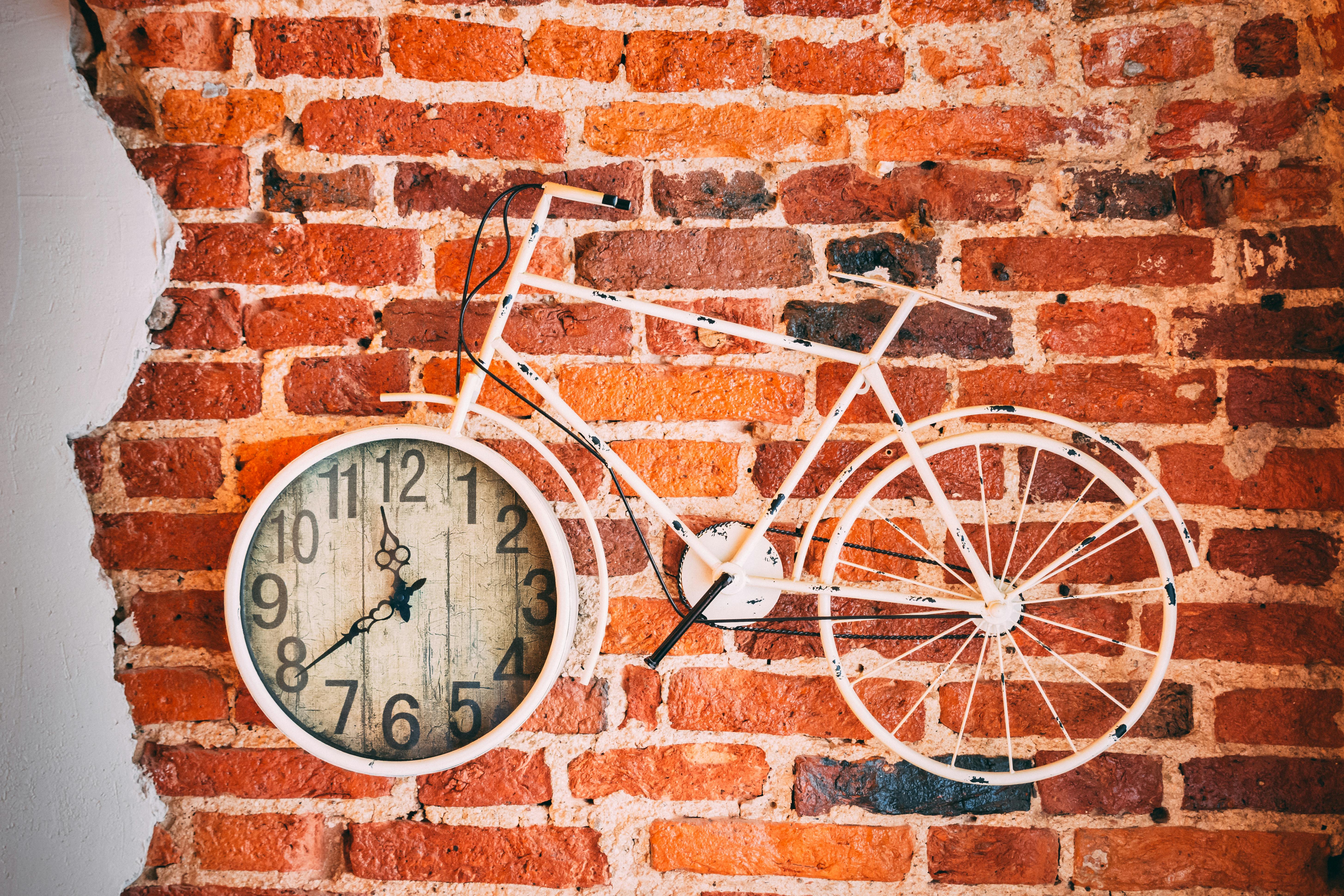
Effective Ways to Remove Acrylic Nails at Home in 2025

The process of how to remove acrylic nails can appear daunting, but with the right techniques and tools, it can be achieved easily and safely at home. In this guide, we'll explore the best methods for acrylic nail removal, highlight essential tools, and share tips to minimize damage to your natural nails. Whether you prefer traditional soaking methods or explore alternative methods to remove acrylic nails, this article will provide comprehensive instructions and crucial advice.
Preparing for Acrylic Nail Removal
Before diving into the actual removal process, proper preparation is key. Familiarizing yourself with the tools needed for acrylic nail removal can make the task significantly easier. Ensure you have acetone for acrylic nails, cotton balls, a nail buffer, and cuticle oil on hand. By gathering these tools, you'll set yourself up for a smooth and successful removal experience. Remember, preparation not only makes the process easier but also reduces the chances of damaging your natural nails.
Essentials for Nail Removal
The first step in efficiently removing acrylic nails is gathering the right tools. A complete acrylic nails removal kit typically includes acetone, cotton pads, aluminum foil, a nail file, and a nail buffer for acrylic nails. Each tool plays a vital role in the removal process. The acetone acts as the solvent, effectively softening the acrylic, while the file and buffer help smoothen the nail surface afterward. Having good quality products can significantly impact the results you achieve.
Creating a Safe Environment
Make sure to set up a comfortable workspace. Prior to starting, consider laying down an old towel or newspaper to catch any debris. If you're concerned about odors, using acetone for acrylic nails might be overwhelming; consider doing the process in a well-ventilated area. Additionally, taking the time to prepare your nails can ensure a smoother removal experience. Hydrating your cuticles or giving your nails a quick clean can help maintain their health during the process.
Understanding Your Nails
It's essential to recognize the condition of your natural nails before commencing removal. Inspect them for any signs of damage or weakness; knowing how to assess and prepare your nails can help you avoid complications. Understanding whether your nails are sensitive, brittle, or healthy will guide your removal strategy and follow-up care. Proper awareness can prevent issues like nail breakage after acrylics are removed.
Best Methods for Acrylic Nail Removal
When it comes to removing acrylic nails at home, several methods are both effective and safe. The most common approaches include soaking off acrylic nails and utilizing nail remover alternatives. Each method varies slightly in terms of materials, time required, and the level of aftercare needed to restore your nails’ health.
Soaking Off Acrylic Nails
One of the best ways to remove acrylic nails at home is by soaking them off. This method requires acetone and cotton balls. Saturate the cotton balls with acetone, then place them on each nail and wrap them with aluminum foil. Leave this on for 20-30 minutes, allowing the acetone to dissolve the acrylic. This method is among the safest, as it causes less risk of damage compared to scraping or forcibly pulling off the acrylics. Always remember to follow up with cuticle oil after soaking to maintain nail health.
DIY Nail Remover Alternatives
For those seeking eco-friendly or less harsh methods, there are natural alternatives for nail removal available, though they may take longer. Some popular options include using vinegar and lemon juice, or hydrogen peroxide solution. These alternatives may not be as effective as acetone but can still work for less stubborn acrylic nails. Give them ample time to soak — usually about 30-40 minutes — and don’t forget to moisturize your nails and cuticles afterwards.
Tips for Minimizing Damage
Regardless of the method chosen, you’ll want to employ strategies for removing acrylic nails without damage. This includes being gentle during the removal process—never yank or force the acrylic. Using a nail buffer lightly after removal also helps to restore your nails’ smooth appearance and prevent breakage. Moisturizing regularly with cuticle oil post-removal is crucial for restoring nail strength and elasticity. Consider adhering to schedules for acrylic application and minimizing usage frequency to maintain nail integrity.
Aftercare for Removed Acrylics
The journey doesn’t end after removal; nail care post-acrylics is crucial for recovery and regrowth. Being proactive about nail health in the subsequent days can minimize damage and enhance the overall appearance of your nails. A variety of methods can aid in restoring your nails to their natural beauty.
Implementing a Nail Care Routine
Creating a simple yet effective nail care routine is essential for strengthening your nails after acrylics are removed. Consider applying nourishing oils or creams specifically designed to promote nail hydrating. Follow up with regular filing if necessary and protect your natural nails by allowing time to recover before reapplying any acrylics. Using quality products focused on strengthening and repairing can vastly improve recovery times.
Moisturizing and Hydration
After removal, the importance of hydration can’t be overstated. Applying cuticle oils daily and drinking sufficient water can improve your nails’ overall health and appearance. Additionally, try to avoid exposing your nails to harsh chemicals during the recovery phase, as this can significantly weaken and damage them. Regular, gentle hydration minimizes the potential for dryness and breakage, making your nails stronger as they grow out.
Monitoring Nail Health
Lastly, take time to regularly monitor the condition of your nails during the post-removal phase. Pay attention to any peeling, cracking, or changes in texture. If you notice any persistent issues, it may be wise to consult with a professional for nail care advice. Keeping a health journal can effectively track any changes occurring in your nails and the effects of the aftercare methods you decide to follow.
Key Takeaways
- Gather essential tools before removing acrylic nails.
- Soaking methods are generally safer for acrylic nail removal compared to scraping or pulling.
- Implement an effective nail care routine for strengthening your nails post-acrylics.
- Stay hydrated to promote healthy nail growth and recovery after removal.
- Always monitor your nails for any signs of damage following acrylic removal.
FAQ
1. How long does acrylic nail removal take?
The typical process for soaking off acrylic nails can take about 30 minutes, depending on the thickness of the acrylic. Always ensure ample soaking time for effective removal.
2. What are the best acetone products for nails?
Using high-quality acetone products specifically designed for acrylic nail removal can ease the process. Look for ones labeled as "nail polish remover" that contain acetone, effective in dissolving acrylics more efficiently.
3. Can I use regular nail polish remover to remove acrylics?
While standard nail polish remover might work, it typically contains a lower concentration of acetone, making it less effective for removing acrylics. It may prolong the removal process and could lead to more damage.
4. What are some common mistakes in acrylic nail removal?
One common mistake is attempting to pull off acrylic nails forcibly. Proper soaking is crucial for reducing damage to natural nails. Skipping aftercare like moisturizing is another mistake that can harm nail health.
5. How can I strengthen my nails after acrylics?
Implementing a nourishing routine with cuticle oils and supplements can help strengthen your nails post-acrylics. Additionally, avoid reapplying acrylics immediately to give your nails time to recover.
6. Can I reuse acrylic nails after removal?
While you technically can reuse acrylic nails after careful cleaning, it's generally advisable to start fresh with a new set to ensure better hygiene and health of your natural nails.
7. What precautions should I take while removing acrylics?
Always ensure your workspace is clean, use the right tools, and avoid using coarse files or scraping methods. Gently soak and buffer afterward, and feel free to consult a professional if any complications arise.